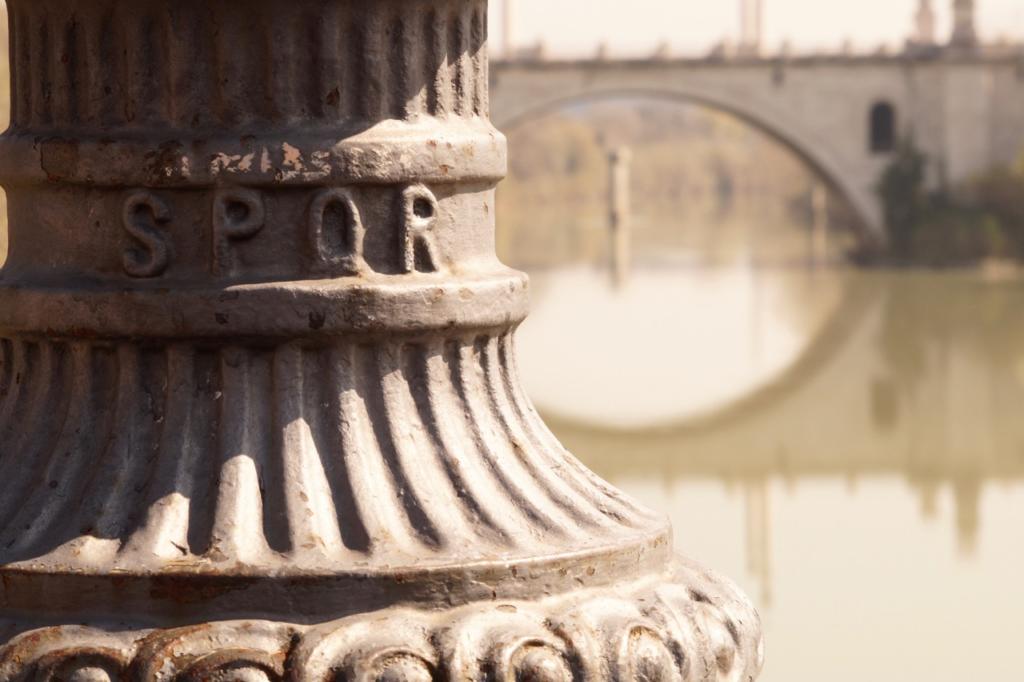 In the sixth date of the meetup Photography Social Club Roma organized by Osvaldo Sponzilli (www.meetup.com/it-IT/Photography-Social-Club-Roma) we went to the discovery of the Tiber River and its many bridges. In a beautiful, warm day in mid-March we met in front of the Bar Ponte Milvio to start our tour on the Tiber, trying to rediscover the importance of this river, center of the town life from the Roman Empire until a century ago.
In the sixth date of the meetup Photography Social Club Roma organized by Osvaldo Sponzilli (www.meetup.com/it-IT/Photography-Social-Club-Roma) we went to the discovery of the Tiber River and its many bridges. In a beautiful, warm day in mid-March we met in front of the Bar Ponte Milvio to start our tour on the Tiber, trying to rediscover the importance of this river, center of the town life from the Roman Empire until a century ago.
Photographers
Maurizio P:
Osvaldo Sponzilli:
Silvia Torrioli:
Dora:
Igor W Schiaroli (iPhone 6s):
The Walking Tour
While in the past the Tiber was a vital artery for urban commerce, and its banks were lived daily by the Romans, with many ports, from a hundred years now has been isolated from the urban context due to the construction of the embankments, ended in 1926, fifty years after the works had started.  The walls were built in response to several floods that afflicted Rome since its birth. When the Tiber overflowed covered the streets with his muddy water that caused much distress, destruction and epidemics. This “caging” of the Tiber in the walls if one side solved the problem of floods, on the other led to the complete isolation of the river from the city life. The last and ancient ports were destroyed and disappeared also the numerous floating mills.
The walls were built in response to several floods that afflicted Rome since its birth. When the Tiber overflowed covered the streets with his muddy water that caused much distress, destruction and epidemics. This “caging” of the Tiber in the walls if one side solved the problem of floods, on the other led to the complete isolation of the river from the city life. The last and ancient ports were destroyed and disappeared also the numerous floating mills.
The Tiber was fundamental for the birth of Rome guaranteed the arrival of boats from the sea and the trading of goods. During the Imperial Roman ages the commerce and the river traffic took the highest expansion and from all over the Roman world came the most diverse products, from spices to fine wood, the eastern marbles. Over the centuries it were born many ports, the oldest was the Portus Tiberinus, which rised on the Tiber Island. The ancient Romans considered the river a deity, personified in Tiberinus Pater and dedicated a temple, always on the Tiber Island.
Now on the banks of the Tiber the life revives mainly on weekends, with various boats used as nightclubs or restaurants, sporting clubs, amongst them rowers, cyclists and during the summer, in the area of the island Tiberina, with the cultural events of “Estate Romana”.
The Steps
The first bridge we visited was Ponte Milvio, and then we went trought the right bank of the river. Ponte Milvio is one of the oldest bridges, and most important, was probably built in the IV-III century BC and it was originally made of wood. Its name derived from the magistrate Molvius who authorized its construction made by bricks. Like in the past nowadays is nicknamed by the Romans “Mollo” bridge, whose name derives from an ancient legend that says the bridge springed.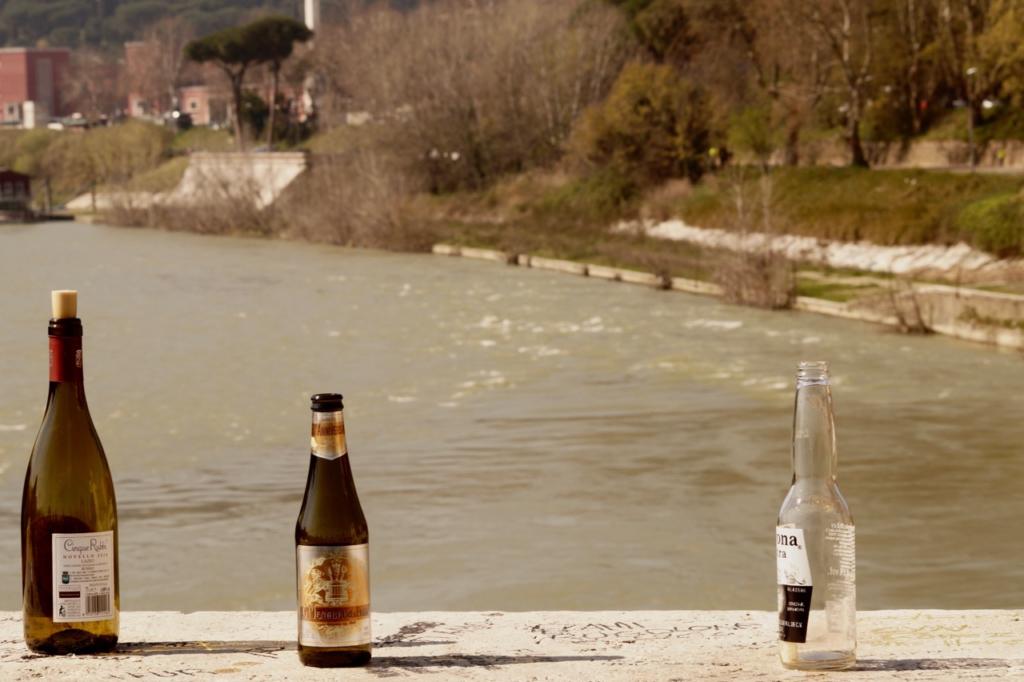
It is an important bridge for the Roman history and for Christianity, because here took place the conversion of Constantine, the first Christian emperor, after having a vision of the cross to the eve of the battle (312 A.D.), in which he won against Maxentius. At the ends of the bridge there are some statues: the ones towards Tor di Quinto, made by Francesco Mochi in 1633, represent the “Baptism of Christ.” On the right there is St. John the Baptist and Jesus Christ on the left. These statues are copies of the originals kept at the Museum of Rome in Palazzo Braschi. On the other end of the bridge, towards Viale Tiziano, the two marble statues of the “Immaculate” by Domenico Pigiani (1840) and “St. John of Nepomuk” by Agostino Cornacchini (1731).
 During the recent years the bridge has known by many as the bridge of the locks. From the famous novel “Tre metri sopra il cielo” by Federico Moccia, couples were inspired to exchange a promise of love attaching a lock on one of the street lamps. In the last years all locks, which had reached a remarkable figure, have been removed.
During the recent years the bridge has known by many as the bridge of the locks. From the famous novel “Tre metri sopra il cielo” by Federico Moccia, couples were inspired to exchange a promise of love attaching a lock on one of the street lamps. In the last years all locks, which had reached a remarkable figure, have been removed.
After a few shots on the bridge we went down to the right bank of the Tiber, and we flanked the bike path, crowded during the weekends. The next bridge is the Duca d’Aosta bridge that links the Flaminio district to the Foro Italico. Named after Emanuele Filiberto di Savoia-Aosta, the bridge was designed by the architect Vincenzo Fasolo. Its construction began in 1939 and was inaugurated in 1942.
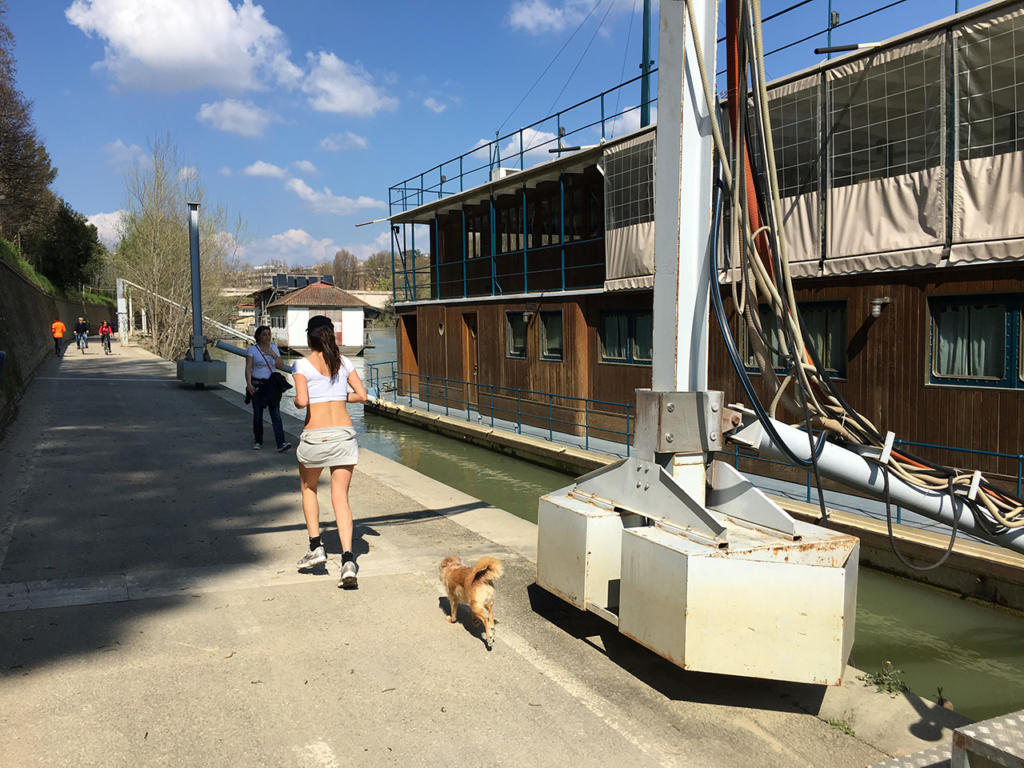 Continuing to the new bridge of Music, we stopped, intrigued, at Capoprati River Park, a part of the Tiber bank managed and recovered from degradation by the Legambiente organization. Inside greeted us a friendly gentleman, with a very particular face to which we dedicated some shots. From there we continued walking and we arrived at the Ponte della Musica, a recent bridge (opened in 2011) and architecturally very nice that connects the Auditorium Parco della Musica, the Villa Glori park, the museum MAXXI and the Olympic theater to the Foro Italico sports complex.
Continuing to the new bridge of Music, we stopped, intrigued, at Capoprati River Park, a part of the Tiber bank managed and recovered from degradation by the Legambiente organization. Inside greeted us a friendly gentleman, with a very particular face to which we dedicated some shots. From there we continued walking and we arrived at the Ponte della Musica, a recent bridge (opened in 2011) and architecturally very nice that connects the Auditorium Parco della Musica, the Villa Glori park, the museum MAXXI and the Olympic theater to the Foro Italico sports complex.
This bridge is only for pedestrians and is very lived: there are those who stop to read a book, those who sunbathe and relax a bit and it happened us even to meet a few girls, that using the area as a location, were shooting a video clip . Under the bridge, on the left bank, there is the meeting point of several skaters, which can be admired in extreme jumps and stunts.
The next bridge is the Risorgimento bridge built between 1909 and 1911 for the exhibition to celebrate the fiftieth anniversary of the unification of Italy by engineer Giovanni Antonio Porcheddu and was the first reinforced concrete bridge in Rome. The bridge connects Piazzale delle Belle Arti to Piazza Monte Grappa, respectively, in the Flaminio and Della Vittoria neighborhoods.
Continuing we arrived at Matteotti Bridge that was built by the architect Augusto Antonelli to connect the Prati district to the Flaminio district, inaugurated on April 21, 1929. Its first name was the bridge of the Militia, given its proximity to the homonymous street, to be then renamed Littorio bridge in honor of the regime. But in 1945, after the fall of Fascism, it was adopted the current name, in memory of the socialist deputy kidnapped nearby in 1924, at the Scalo de Pinedo, which also features the monument dedicated to him.
The Pietro Nenni Bridge, dedicated to the socialist leader who died some time before the inauguration of the bridge, connects the Tiber Arnold of Brescia to the Tiber Michelangelo, in the Prati and the Flaminio district, was built between 1969 and 1972 and opened in 1980. On the bridge also runs the metro line A and for this reason it is nicknamed the metro bridge.
Regina Margherita Bridge connects via Cola di Rienzo, the main artery of the Prati district, to Piazza del Popolo and it is dedicated to the first Queen of Italy, Margherita of Savoy. The work on the bridge began in 1886 and was inaugurated in 1891.
Cavour Bridge connects Piazza del Porto di Ripetta in the Campo Marzio district to the Tiber Mellini in the Prati district. It was built between 1896 and 1901, by the architect Angelo Vescovali, following a huge building development of the Prati area. The bridge was dedicated to Count Camillo Benso di Cavour, great maker of the unification of Italy.
The Umberto I Bridge connects Piazza di Ponte Umberto I in Ponte district, to Piazza dei Tribunali, in the Prati district. It was also designed by the architect Angelo Vescovali in honor of King Umberto I, built between 1885 and 1895. At the opening intervened the same king and the queen Margherita who later went to visit the construction site of the Palazzaccio, work of architect Calderini.
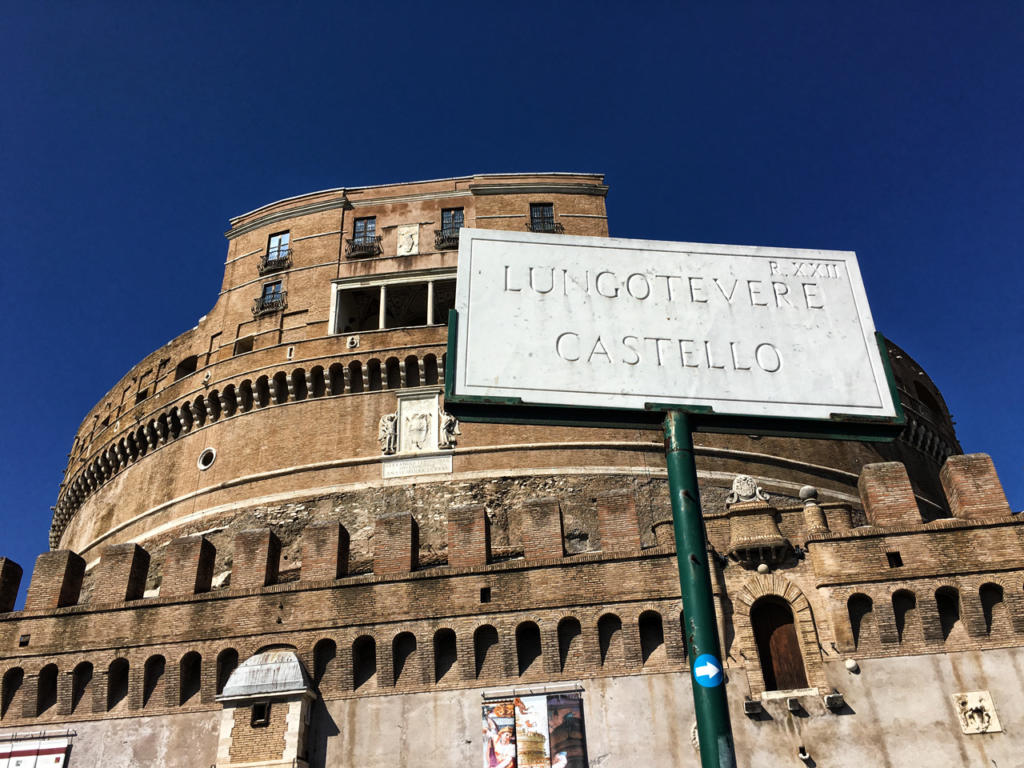 The Ponte Sant’Angelo is one of the oldest bridges in Rome, built between 130 and 135 A.D. by architect Demetrianus and was commissioned by the Emperor Publio Elio Adriano, so his first name was Elio bridge. It was built as a driveway to the Mausoleum of Hadrian and later, in the Middle Ages, the name was changed to St. Peter’s Bridge because it was the only direct way to access from the city to the Vatican Basilica. The current name of the bridge and the castle refer to the famous legend that, in 590 AD, while Pope Gregory the Great crossed the bridge during a penitential procession, had a vision of the archangel Michael, on top of the Hadrian Mausoleum, whom replaced the sword in the scabbard to signify the end of the plague that afflicted Rome. For this was built in the thirteenth century, the statue of the angel on the top of the castle, which still can be admired. The bridge is also decorated with statues: statues of “Saint Paul”, by Paolo Taccone, and “Saint Peter”, by Lorenzetto, commissioned in 1533 by Pope Clement VII. In 1536 Paul III commissioned Raffaello da Montelupo to adorn the bridge with eight statues of the four evangelists and the four patriarchs. But these statues were ruined in no time and a general restoration of the bridge was taken care of by Bernini by order of Clement IX in the years 1668-1669. At the two oldest statues were placed side by side ten other statues of angels with the symbols of the Passion.
The Ponte Sant’Angelo is one of the oldest bridges in Rome, built between 130 and 135 A.D. by architect Demetrianus and was commissioned by the Emperor Publio Elio Adriano, so his first name was Elio bridge. It was built as a driveway to the Mausoleum of Hadrian and later, in the Middle Ages, the name was changed to St. Peter’s Bridge because it was the only direct way to access from the city to the Vatican Basilica. The current name of the bridge and the castle refer to the famous legend that, in 590 AD, while Pope Gregory the Great crossed the bridge during a penitential procession, had a vision of the archangel Michael, on top of the Hadrian Mausoleum, whom replaced the sword in the scabbard to signify the end of the plague that afflicted Rome. For this was built in the thirteenth century, the statue of the angel on the top of the castle, which still can be admired. The bridge is also decorated with statues: statues of “Saint Paul”, by Paolo Taccone, and “Saint Peter”, by Lorenzetto, commissioned in 1533 by Pope Clement VII. In 1536 Paul III commissioned Raffaello da Montelupo to adorn the bridge with eight statues of the four evangelists and the four patriarchs. But these statues were ruined in no time and a general restoration of the bridge was taken care of by Bernini by order of Clement IX in the years 1668-1669. At the two oldest statues were placed side by side ten other statues of angels with the symbols of the Passion.
With this last bridge, after three hours of walking, we decided to return up and get something to eat in the Borgo district, near San Pietro. We so admired the bridge and Castel Sant’Angelo from the top. And while we were looking for a non-tourist place in Borgo, we stumbled, in “piazza delle Vaschette” 14 / A, across a small restaurant, “Antichi Sapori”, very delicious and not at all tourist.
Giada Sponzilli is a filmmaker, born in Rome. She is an endless world traveller who loves cinema, photography and literature, since she was a child.

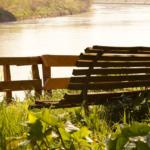


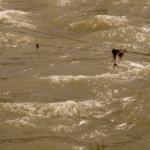



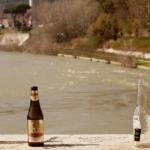
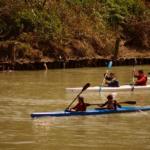

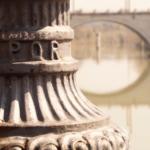
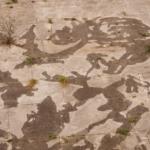

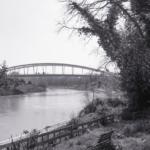
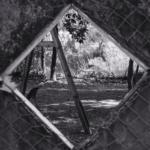
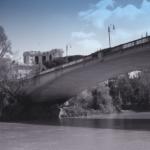
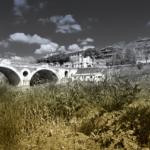
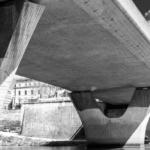
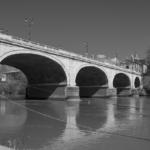
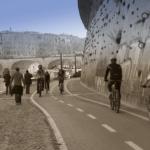
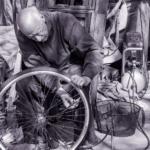
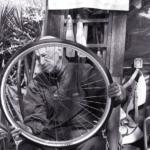




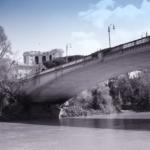
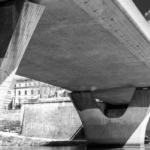

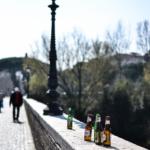
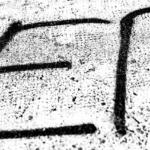


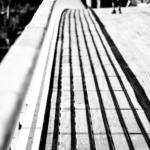




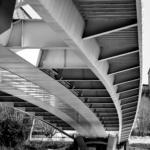
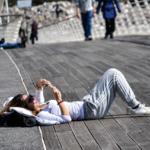

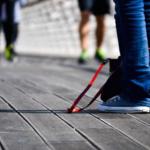

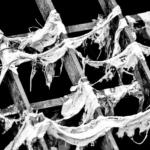
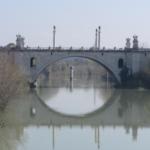
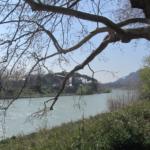

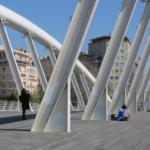
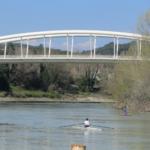
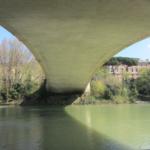
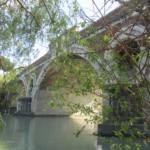
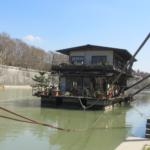
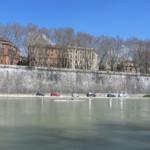

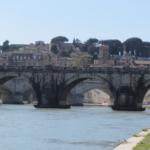
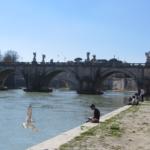
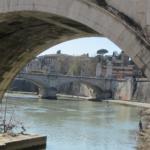
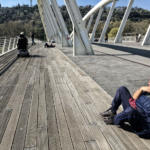
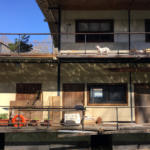

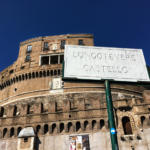
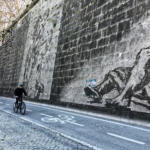
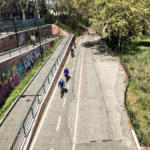
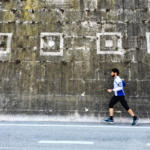
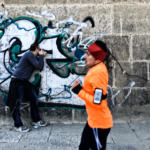
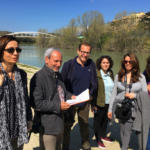
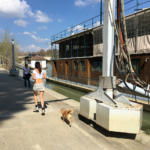

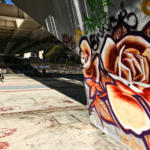
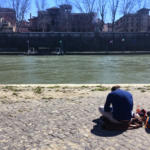
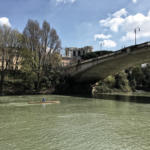
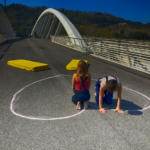
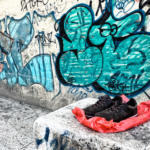
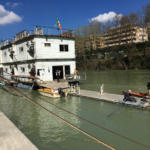

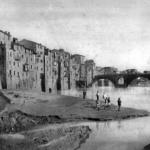
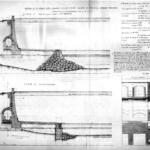
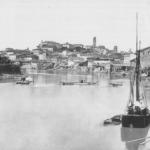
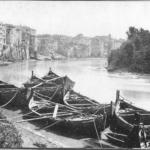
Emma BiancaLuna liked this on Facebook.